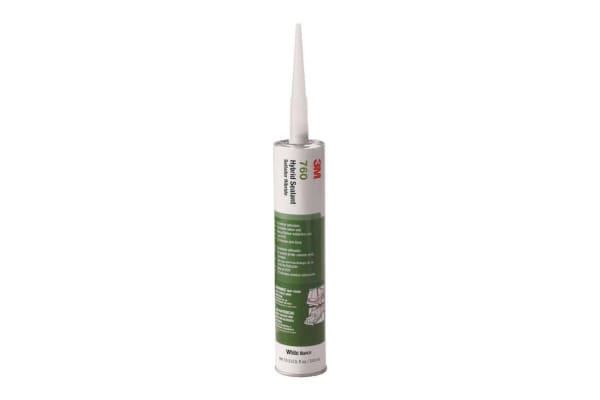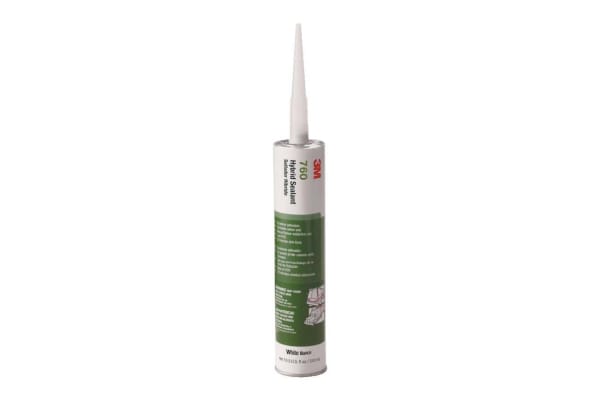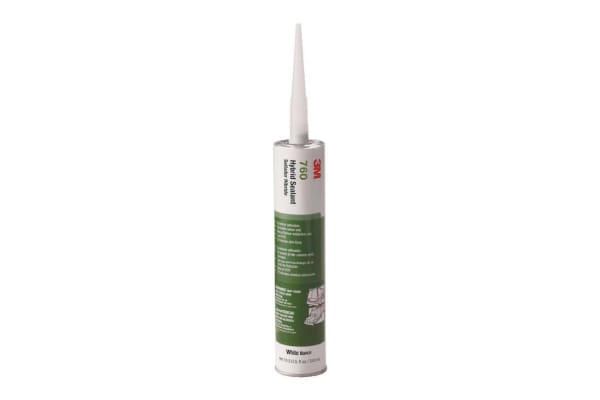Combined Adhesives & Sealants
Sealants and sealant kits are widely used by both hobbyists and professionals for a broad range of protecting and waterproofing jobs. The best sealant type to use in a given scenario will depend on the surface materials and the location of the seal. There are many varieties of sealants, putties, and sealant remover kits on sale, with leading brands including Dow Corning and Bostik. While most tend to fall within one of a few basic categories – cement sealants, chemical sealants, or silicone sealants – there are also a number of sealants designed for more specialised purposes.What’s the difference between sealant types?Silicone sealants – among the most widely available sealant types, and ideal for a wide array of household, DIY and construction tasks.Acrylic sealants – often a cheaper alternative to silicone for use on wood, aluminium, and UPVC, and can also be painted. They’re less flexible than most silicone versions, and more prone to eroding under certain application conditions.Polyurethane foam sealants – extremely flexible/elastic and highly waterproof, ideal for sealing most metals and fibreglass.Why is sealant modulus and cure type important?High modulus sealants are less elastic but more hardwearing, and better suited to indoor applications as a kitchen or bathroom sealant (around baths, showers, sinks and worktops).Low modulus sealants offer better flexibility and adhesion where slight movement of the joint may be a factor, but are less hardwearing overall. They’re generally best for outdoor and weather-resistant applications (perimeter seals and exterior UPVC).Most sealants are available in one of two cure types – acetoxy and neutral.High modulus sealants tend to be acetoxy cure, meaning they’ll cure faster and harder, and will emit a slight vinegar smell while doing so.Low modulus sealants are often sold in natural cure variants, meaning they adhere better to a greater range of surfaces, cure slowly to a more elastic consistency, and give off little odour.





